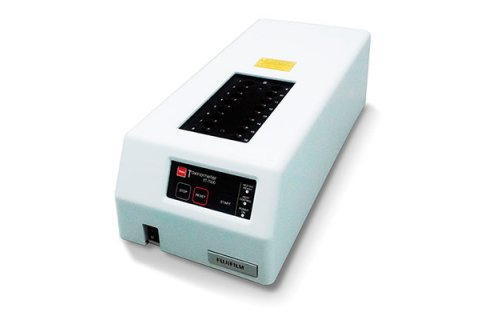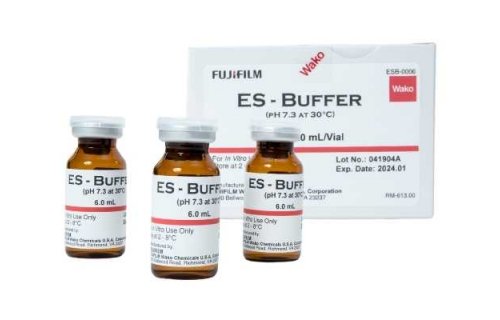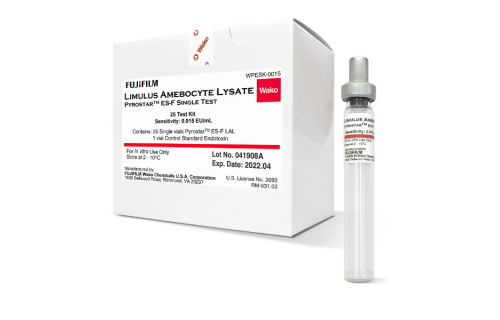How do antimicrobial peptides respond to LPS?
Lipopolysaccharide (LPS), also called endotoxin, is a molecule that surrounds the outer cell wall of Gram-negative bacteria. This substance has been the subject of medical interest for centuries due to its strong effects on the immune system.
In the presence of even miniscule amounts of LPS, the human body triggers a strong immune response. This can lead to sepsis and potentially death. It is frequently the immune system's strong reaction to LPS, rather than any direct action of the bacteria, that leads to death in cases of severe infection.
Among the most important mediators of the body's response to LPS are antimicrobial peptides (AMPs). AMPs are a class of small positively charged peptides with broad-spectrum antimicrobial activity. These peptides are attracted to negatively charged pathogens, including the anionic LPS molecules covering Gram-negative bacteria.
AMPs usually contain an a-helical or b-sheet secondary structure, which allows them to insert into cell membranes and kill the pathogen; however, recent studies have shown that AMPs can have other roles outside of directly killing microbes.
In particular, the interaction of AMPs with LPS has been a subject of considerable interest. Research has found that certain AMPs can directly neutralize LPS, preventing its recognition by immune cells and the release of pro-inflammatory cytokines; thus, AMPs could be a critical part of the body's resistance to sepsis.
One of the key factors in this interaction is how AMPs distinguish between attached and unattached LPS. While LPS attached to a bacterium ought to trigger an immune response sufficient to kill the pathogen, free LPS is another story.
LPS that has detached from a bacterium is not inherently dangerous to the body; however, its immunogenic properties are retained. Free LPS in solution will form aggregate structures that can bind to LPS binding protein (LBP). LBP then presents LPS to the surface of macrophages and neutrophils via the CD14 receptor, triggering the release of pro-inflammatory cytokines.
Recent studies have shown that when AMPs bind to free LPS, they break apart its aggregates into smaller particles, which are not as easily bound by LBP; thus, by shielding unattached LPS from recognition by the immune system, AMPs serve a protective role against sepsis.
The anti-endotoxin properties of AMPs have led some researchers to consider them as models for designing new drugs to prevent sepsis. While several intriguing attempts have been made in this area, it is likely that AMP-like drugs are still many years away from the clinic.
One important limitation of research in this area is the lack of effective animal models for sepsis. Mice are several orders of magnitude less sensitive to LPS than humans, and their immune systems respond to LPS via distinct pathways. As a result, antibodies against LPS developed using mouse models have failed to show efficacy in human sepsis patients.
Despite these setbacks, researchers continue to search for natural anti-endotoxin AMPs or to design synthetic AMPs for this purpose. Perhaps this ancient class of peptides will one day be the key to preventing sepsis in infectious diseases.
References:
- Giuliani A, Pirri G, & Rinaldi AC (2009). Antimicrobial peptides: The LPS connection. In Giuliani A, Rinaldi AC (eds.): Antimicrobial Peptides. Methods in Molecular Biology (Methods and Protocols), vol 618. Humana Press, Totowa, NJ. Link
- Sun Y & Shang D (2015). Inhibitory effects of antimicrobial peptides on lipopolysaccharide-induced inflammation. Mediators Inflamm, 2015: 167572. Link






